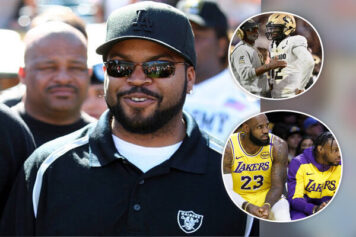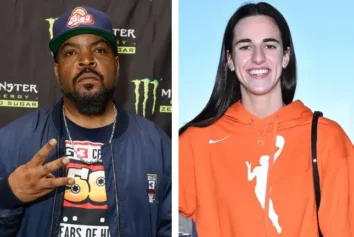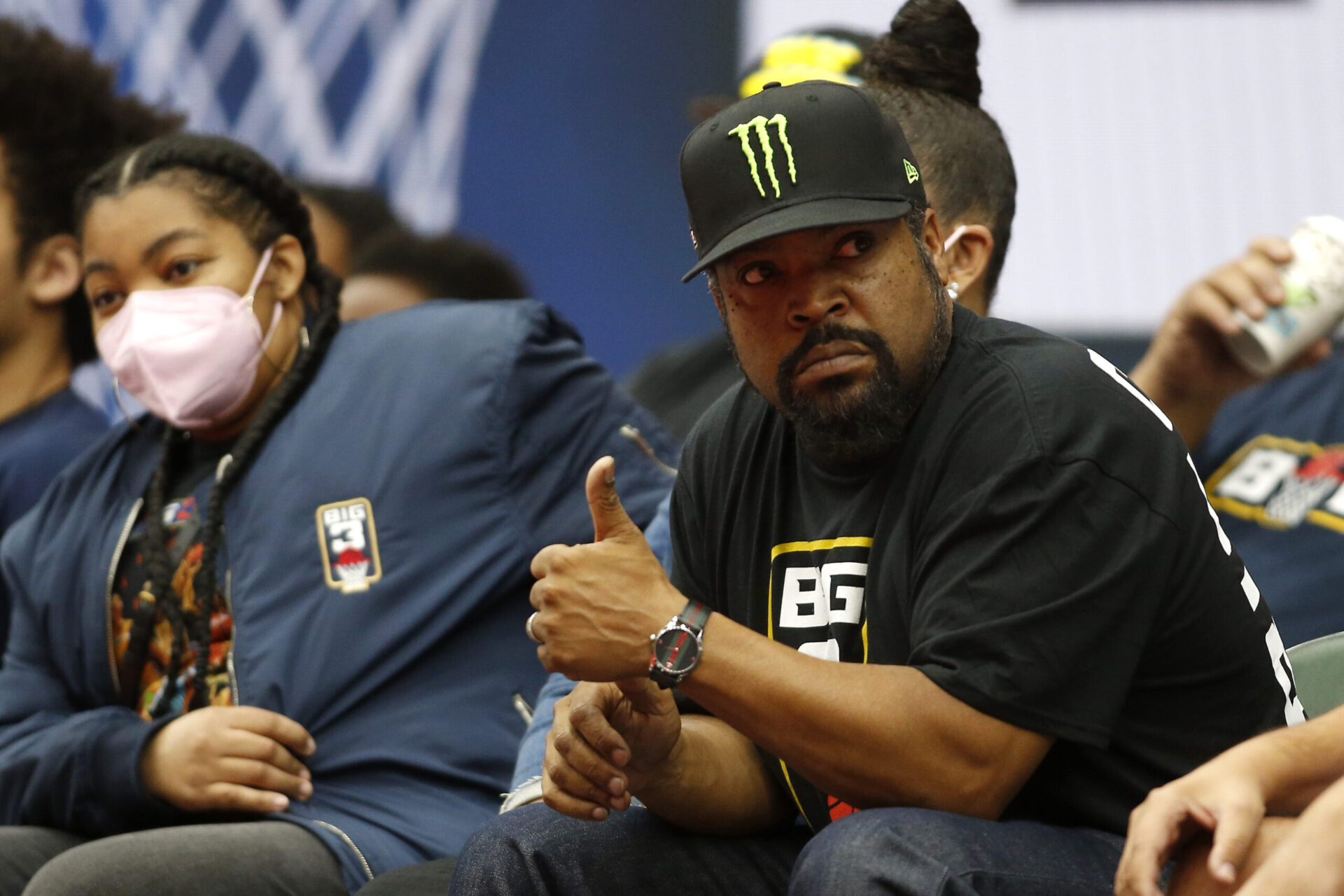In our semi-regular column “They Reminisce”, we take a quick look back at some of the more memorable and lasting moments in sports and entertainment.
“I turned on the TV this morning, they had this shit on about… about living in a violent world. Showed all these foreign places… I started thinking, man, either they don’t know, don’t show, or don’t care about what’s going on in the hood.” – Doughboy
25 years ago today, 23-year-old Director John Singleton brought the Hood to Hollywood with his carefully crafted, sentimental and exigent film, Boyz N The Hood.
Not since Cooley High in 1975 had a coming of age story been so beautifully woven together with such tender sincerity, entwined within the tapestry of Black America’s forgotten and neglected pockets of urban despair.
I remember sitting in an air-conditioned Manhattan movie theater with a college buddy during summer break, and being so moved that I could only sit still during the closing credits. Momentarily overcome with emotion, the film touched me deeply because, substituting the unique speech patters and jherri curls for hi-top fades, it resonated with my own neighborhood experiences in New York City.
And whether it’s New York or Los Angeles, those of us growing up in hoods from Baltimore to Denver and anywhere in between, are beholden to the realities and soundtracks of police helicopters and indiscriminate bullets, intimately aware that good people sometimes do bad things, that an honors student or straight-laced star athlete can walk down the wrong street at the wrong time and not come home alive.
I’d heard about the gang situation and the murderous recklessness of the hoods in Los Angeles from a prep school classmate who was from Compton back in the mid 80s, but seeing Singleton’s portrayal of South Central gave me a textured feel and painful nuance that I wasn’t expecting.
That’s probably because I went searching for that experience while watching the awful movie Colors a few years prior, only to be angry at the caricatures that I’d seen onscreen.
Other than Don Cheadle making his second appearance in a major motion picture while playing the gang banger Rocket, and Damon Wayans as T-Bone high on PCP humping a stuffed rabbit, it was a complete waste of money, time and brain space.
I rebelled against this notion that movies about people of color needed to have white men in lead roles, acting as saviors. I wanted to see something that went under the stereotypical surface, that treated the characters as real human beings with hopes, dreams, intelligence, yearnings and a sense of humor, love, family and community that carries them through the best and worst of times.
“I don’t even know how I feel about it, neither, man. It just goes on and on, you know. Next thing you know, somebody might try and smoke me. Don’t matter, doe. We all gotta go sometime, huh?” – Doughboy
And Singleton’s brutally brilliant and loving work captured that essence through his presentations of Doughboy, Ricky and Tre. Through their young lives and experiences, we get this muscular elucidation of late 80s, early ’90s urban ills.
Crack was destroying our communities, not only wreaking havoc in terms of addiction, but it also helped fuel an AIDS epidemic and wanton violence as young men fought to control the lucrative narcotics trade with a stupefying amount of semi-automatic weapons.
There was also a direct confrontation of the L.A.P.D.’s racist tactics, and by extension many inner city police departments, whose war mentalities and racial profiling was a bane to even the most law-abiding and upright black citizens.
The dialogue and interactions were not fabricated and forced, and you could tell that Singleton brought an integrity to this story that made it jump off the screen, that moved you to rage, tears, laughter and intense thought.
It was gut-wrenching in its ardent sincerity. Ice Cube’s portrayal of Doughboy still renders goosebumps 25 years later. And even though we know what’s coming, we still hold out hope that Ricky can outrun those shotgun slugs and follow his dreams of playing college football at USC.
Boyz N the Hood had a production budget of $6.5 million and made ten times that at the box office. Not only was it a commercial and critical success, it featured an exceptional cast of fresh acting faces. Angela Bassett, Nia Long, Regina King, Cuba Gooding, Jr., Ice Cube and Morris Chestnut were all either making their major motion picture debuts, or appearing in their first extended roles.
Though the original soundtrack was merely decent at best, Ice Cube delivers his signature style on the single, “How to Survive in South Central“, especially when he breaks down the first rule of survival:
“Now if you’re white you can trust the police, but if you’re black, they ain’t nothin but beasts.
Watch out for the kill, don’t make a false move and keep your hands on the steering wheel…”
And Tony Toni Tone’s “Just Me and You” was an instant classic, edifying those on the periphery that folks in the hood fall in love too, despite the outside assumption that they’re simply fornicating and having babies. My heart still smiles when I hear Raphael Saadiq croon:
“As far as my personal taste, is concerned,
I really, really love the way, you’re making me wait so long.
Now that the both of us, really know each other,
It’s time that we, explored one another.”
And when he follows that up, letting her know that he’ll encourage and support and care for her with the robust exclamation, “DON’T WORRY BOUT A DAMN THANG!!!”, it becomes an everlasting anthem of Black Love.
Acting veteran Laurence Fishburne, through his vigorous portrayal of Furious Styles, obliterates every notion that most black men in the hood are irresponsible, womanizing and absent fathers.
The overriding message of the film was, “This shit needs to stop!”
It’s a story of a proud community in pain, a movie that, through its depiction of the senseless murders, takes a stance against violence, irrational hate and misguided self-destruction, in addition to the forces being directed at vulnerable people to keep them stuck where they are.
It also impacted the film industry in a major way, proving that Spike Lee was not some anomaly and that there was a cadre of young filmmakers on the rise putting their foots in Hollywood’s collective ass to move them toward more cinematic democratization.
After the 70s Blaxploitation era, Hollywood reverted back to being whiter than the Titanic’s first class passenger manifest, give or take a few starring roles by Bill Cosby, Sidney Poitier, Richard Pryor and Eddie Murphy. The surge of black faces on film, and behind the camera, was momentous.
Spike’s Do the Right Thing and Singleton’s Boyz directly refuted Hollywood’s evasive assertions that Black films don’t matter, which went along the lines of, “A Soldier’s Story was a great black drama and wonderful story, but it didn’t make any money, so we’ll stick with the white guys.”

(Photo Credit: craveonline.com)
Like Furious Styles, Singleton is indeed furious in his depiction of his beloved South Central, because he’s tired of the bleakness and the blood-stained pavement, of lives wasting away in the shadow of palm trees, extreme excess and the American Dream.
Like Furious urging Tre, Singleton is urging us to be deliberate and disciplined, pulling those caught in the quicksand of poverty out of this perverse ideology of manhood being defined by thuggery, gang-banging and murder.
Boyz occupies a space alongside the grittiest, greatest coming of age tales, like The Outsiders, City of God, Menace II Society, the aforementioned Cooley High and few others.
It’s depth, and the love and anguish through which Singleton crafted and shaped the narrative, makes it a tear-stained love letter that still resonates 25 years later.



